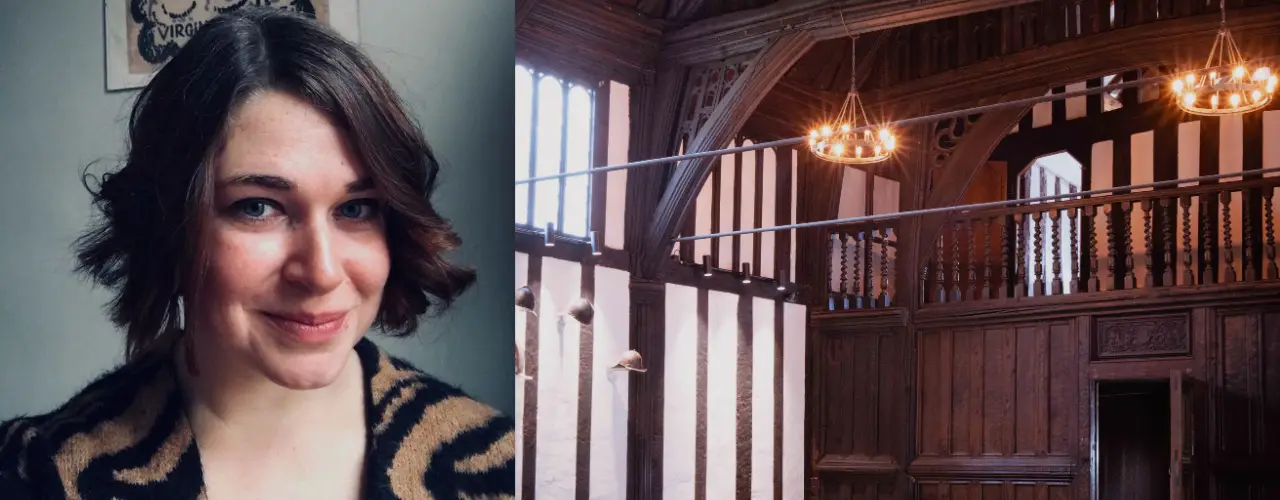News release
For Immediate Release
Wednesday 11 October 2023
The use of clairvoyants and mediums to connect with other worlds has long held a fascination for many. Now their depiction in literature and film is the subject of a talk by a literary expert from the University of Worcester.
Lecturer in English Literature, Dr Lucy Arnold, will be speaking at The Commandery on October 25, 6.30pm – 7.30pm, exploring the ways in which mediums, clairvoyants and the situation of the séance itself have been represented in popular culture, from the Victorian period through to the present day.
“I will be thinking about why these figures are still so compelling to us, the ways in which they might both fascinate and frighten us and what these cultural representations might have to tell us about changing attitudes towards death and grief, particularly at a time when the Covid-19 pandemic profoundly unsettled our conventional mourning practices,” she said.
Dr Arnold is a specialist in 20th and 21st century literature, with research interests including contemporary gothic, narratives of haunting and contemporary women’s writing.
“My academic work has always focused on ghosts and haunting, the ways in which we use the spectral to help us think about a whole host of things – loss, trauma, technology, time, marginalisation,” she said. “More recently though I began to think about the figure of the medium, the individual who claims to intercede between the living and the dead. In an increasingly secular society where might this figure appear and how might we make sense of them?”
Clairvoyants first became popular in the Victorian and post First World War eras, and this was reflected in literature of the time. This can be explained on one level, said Dr Arnold, by changing mourning practices, particularly in the wake of the War when the scale of bereavement combined with the impossibility in the majority of cases of bringing the bodies of loved ones home for burial, created a demand for alternative ways of connecting with the deceased. There are a wide range of depictions, from Henry James’ 1880s novel The Bostonians and T.S Eliot’s 1920s poem The Wasteland to more contemporary examples such as in Sarah Water’s Affinity and Hilary Mantel’s Beyond Black. The séance situation is a focal point in the most recent Agatha Christie cinematic adaptation, A Haunting in Venice.
Most fascinating though, Dr Arnold said, is how varied these representations of mediums are. She says they have been used for comic effect, but equally others are depicted as sinister, suspected of deceit or rendered terrifying through their proximity to haunting, while there are others whose powers torment them and deplete them, who are made vulnerable through their contacts with the dead.
“Inevitably, as attitudes towards spirituality, to dying and the dead, and to mourning and trauma have changed since the Victorian period, so too have the ways in which readers respond to these figures in fiction,” she said. “Whereas some Victorian readers might have received these representations as reflecting prominent societal religious practices, contemporary readers have a much wider range of interpretative options, particularly given that spiritualist demonstrations are more visibly a commodified form of entertainment in the contemporary moment, than a belief system. Ultimately though, the medium acts as a conduit for questions about the possibility of life after death which remain pertinent and poignant across cultures and historical periods.”
Tickets cost £7 and should be booked online.
ENDS
Contact the University of Worcester’s press office
email: press@worc.ac.uk
tel: 01905 857517
Contact The Commandery
Alice Benbow, Museums Marketing Officer: alice.benbow@worcester.gov.uk / 01905 361828.

